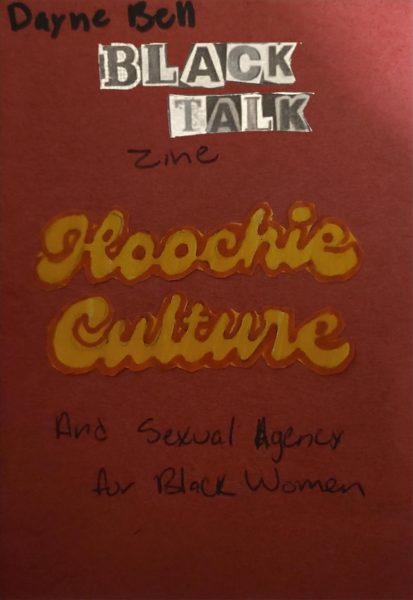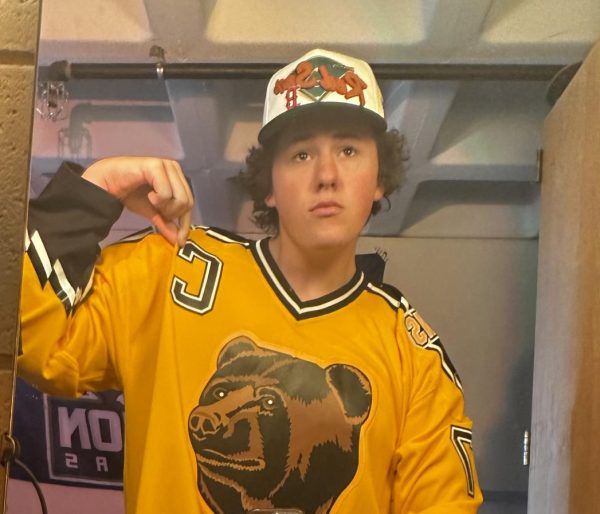Tomfoolery
Tom O’Leary
With the Boston Red Sox officially clinching a playoff berth for the second consecutive season and simultaneously closing in on another American League East Division crown, “Red Sox Nation” is growing increasingly optimistic, and rightfully so. But despite these accomplishments, concerning trends have developed below the surface that could threaten the team’s ability to maintain their success into the 2017 postseason and beyond.
Red Sox Manager John Farrell has endured a turbulent tenure since taking over in 2013. He led the team to a World Series victory in his first season, but has failed to even come close to replicating the feat since. In most baseball cities, this is far from egregious. But in Boston, even one poor year can lead to the fan base and media calling for your job.
Farrell is often lauded as a “player’s manager,” which generally means he is close to the players, and tries to exist on their level within the organization, ensuring their views and opinions are understood. Although this method has undoubtedly aided him in his career, it has also left him susceptible to losing control of the team, which is precisely the position he has found himself in as the regular season draws to an end.
It began during a game with the Baltimore Orioles on April 21, when Manny Machado slid illegally into second base with his cleats up, injuring Boston’s veteran leader, Dustin Pedroia. The incident appeared benign, since it happens to every second baseman multiple times a year. Machado apologized after the game and Pedroia downplayed its severity. Meanwhile, Farrell called the slide “extremely late” during his postgame press conference.
Even though the players involved in what looked like a minor controversy appeared to make peace, it was only the beginning of the controversy between the two clubs. Late in the following game, Red Sox relief pitcher Matt Barnes threw a 98 mile-per-hour fastball behind Machado’s head. Barnes was swiftly ejected from the game and a replacement reliever was brought in. While the new pitcher warmed up, Pedroia, who was too hurt to play because of the dirty slide, beckoned Machado over to the dugout and made it clear he had nothing to do with what had just transpired.
“This was definitely a mishandled situation,” Pedroia said to reporters after the game. “There was zero intention of him trying to hurt me.”
The drama carried over into their next series in early May, with multiple players getting thrown at, leading to more ejections and several heated exchanges. Major League Baseball (MLB) Commissioner Rob Manfred finally intervened, calling the managers and executives of both teams, and the feud eventually dissolved.
So where was Farrell during all of this? Given his lofty status among the organization, he should have been able to prevent Barnes from throwing behind Machado, the event that ultimately ignited the two-week long debacle. Especially when considering the fact that the voice of his team, Pedroia, didn’t endorse the act.
Perhaps the most glaring example of Farrell’s lack of team control centers on starting pitcher David Price. Price signed the second largest contract ever for a pitcher before the 2016 season and proceeded to have the worst year of his career. It wasn’t bad by normal standards, but it was when compared to his previous performances, and it was certainly not a performance worthy of $30 million.
Price has since spent the majority of the 2017 season on the disabled list with an elbow ailment, which has only increased the intense scrutiny he was already facing. It is well-known how tough it is to play in Boston, so Price should have anticipated the criticism. Instead he has been combative, attacking the media with a fervor that would make Donald Trump proud.
After an 8-0 loss to the New York Yankees on June 8, Price sought out Comcast SportsNet New England reporter Evan Drellich and asked if the two of them could speak privately. Price was reportedly shouting so loud at Drellich that Farrell had to close the door to his office. When the confrontation finished, a couple other reporters asked Price for an interview and he simply cursed at them.
“I don’t talk to the media every day like I did last year and I guess I get blown up for that,” Price later told Dan Shaughnessy of the Boston Globe. “But I was honest with everything they asked me last year and I get blown up for that. So they did this to themselves. Talk to me on the day I pitch and that’s it. There are no more personal interviews. There are no more asking me questions on a personal level. That’s done.”
Over the coming weeks, Price’s feud with the media only intensified, and he next took aim at Red Sox broadcaster Dennis Eckersley, who happens to be in the Baseball Hall of Fame as a pitcher. Price was apparently outraged at something Eckersley had said on a previous broadcast about his friend and fellow pitcher, Eduardo Rodriguez, and confronted him as he was walking to his seat on a team flight to Toronto in late June.
“Here he is, the greatest pitcher to ever live!” he yelled at Eckersley, according to the Boston Globe. “Get the fuck out of here!” Eckersley reportedly did not respond, but Price’s remarks were met with applause from an unknown number of his teammates. The applause was especially concerning, for it revealed the toxic attitude could be spreading.
Once again, where was Farrell for each of these outbursts? His only comment was, “We’re handling it internally,” which they may have done, but Price was neither fined, nor suspended for his inappropriate actions.
Farrell’s inability to manage his players has also been revealed consistently throughout the season via his in-game decision making. Having watched nearly all of the 152 games thus far in 2017, I have witnessed countless examples of his flawed techniques. He constantly allows starting pitchers to talk their way into staying in the game, regardless of how far they are past their pitch limit, or the score of the game. They then go on to give up more runs, causing the team to lose. When Farrell does have the valor to remove a pitcher against their will, the two have been viewed arguing in the dugout without repercussion several times.
In addition, Farrell now permits his players to run the bases with reckless abandon, a feature the Red Sox have never been known for. They lead the MLB in outs created on the base paths by a large margin, which has directly led to multiple losses. Granted, this strategy has also helped create runs and win games in the absence of the homerun power they used to feature. But, as the team gets later into the season, the significance of even a single out is magnified exponentially.
Let me be clear, I have been an avid Red Sox fan my entire life, and nothing would please me more than a championship in 2017. But if Farrell can’t rein his players in, they’re likely to get swept in the first round of the playoffs by the Cleveland Indians, just like last season. If indeed that is the result, Farrell could very well be on his way out of Boston.







